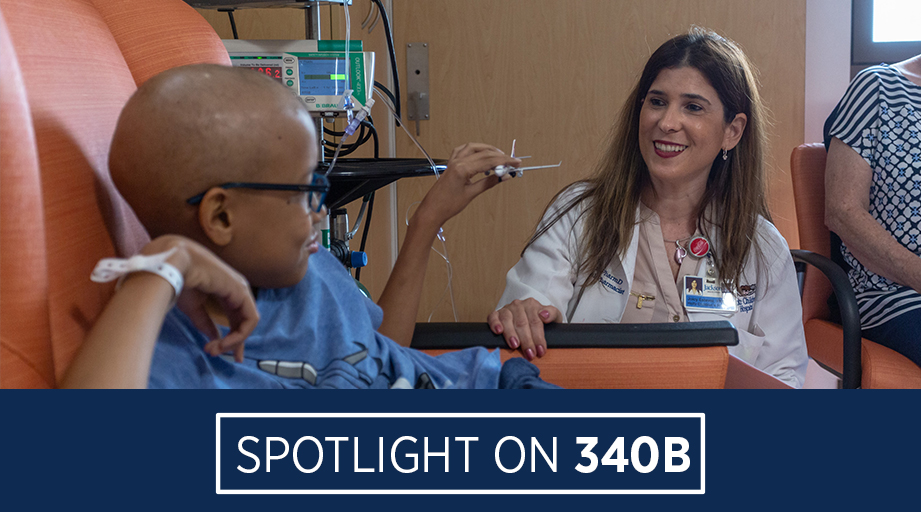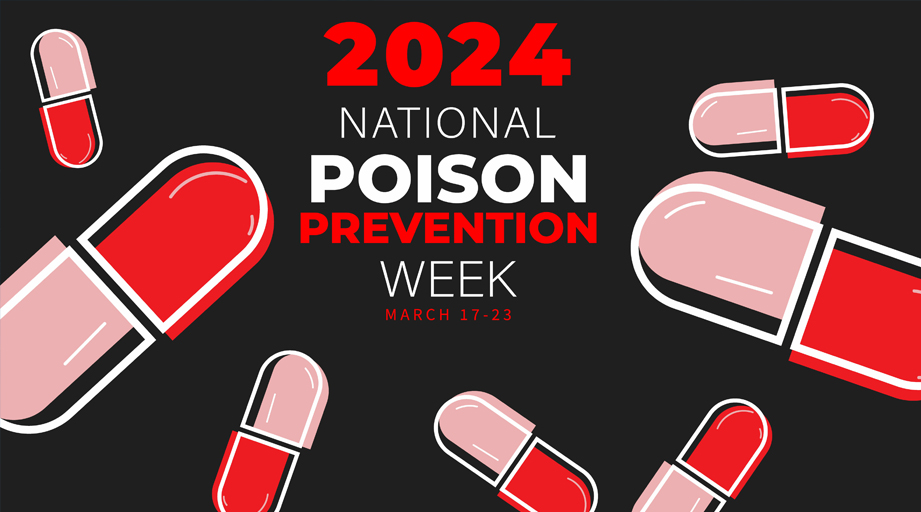
A pilot project at St. Luke’s University Health Network in Pennsylvania is encouraging emergency department (ED) clinicians to make nonopioid therapy their first choice for the treatment of headache and migraine.
Emergency medicine Clinical Pharmacy Specialist Laura Koons said the health system’s EDs deployed an “opioid-free algorithm” for headache and migraine in 2017.
Koons said ED visits for headache and migraine are daily occurrences at St. Luke’s multihospital network.
Nationally, 2015 data from the Centers for Disease Control and Prevention indicate that headache is the fifth-leading reason for ED visits in the United States.
Initial data from St. Luke’s, which Koons and her colleagues reported at ASHP’s 2018 Midyear Clinical Meeting in Anaheim, Calif., show that when clinicians used the algorithm, patients avoided opioid therapy, their pain lessened, and they had a shorter ED stay.
A related analysis found negative effects among headache and migraine patients who received an opioid during their ED stay compared with patients who weren’t given an opioid, regardless of whether clinicians used the algorithm.
“If you were treated with opioids, you were twice as likely to revisit the ED within 30 days” for headache or migraine, said Justin Miller, who worked with Koons as a postgraduate year 1 pharmacy resident.
Miller said opioid recipients had a significantly longer ED stay, on average, than patients who avoided opioids, and the admission rate for headache and migraine averaged “about four times higher” in opioid recipients. The analysis also showed no difference in average pain score improvements between the opioid and nonopioid groups.
“These patients didn’t actually benefit from receiving the opioid,” said Miller, who is now completing a postgraduate year 2 residency in emergency medicine at Lakeland Regional Health in Florida.
Koons said the opioid-free algorithm was developed after a nurse said it seemed like a lot of hydromorphone was being used in the health system’s EDs for headache and migraine.
That remark prompted the creation of an interprofessional headache and migraine team composed of clinicians in St. Luke’s acute pain service and neurology, emergency medicine, pharmacy, nursing, and internal medicine departments.
Miller said the team’s analysis of ED medication orders for headache and migraine across the health system revealed a higher-than-expected use of opioids — mostly hydromorphone.
A January 2019 position statement from the American Headache Society (AHS) affirms that triptans, ergotamine derivatives, aspirin, diclofenac, ibuprofen, and naproxen are known to be effective for the acute treatment of migraine. The opioid medication butorphanol is also effective but is not recommended for regular use, according to the document.
Medications named in the document as “probably effective” for the acute treatment of migraine include dihydroergotamine, ketoprofen, flurbiprofen, i.m. and i.v. ketorolac, i.v. magnesium, and codeine–acetaminophen and tramadol–acetaminophen combination products.
Koons said the algorithm incorporated recommendations from AHS, the American Academy of Neurology, medical literature, and the expertise of the interprofessional team’s outpatient and inpatient neurology specialists.
Miller explained that the algorithm starts with a patient evaluation to rule out diagnoses other than headache or migraine.
For patients with headache or migraine, he said, metoclopramide is generally administered as part of an initial i.v. “cocktail” along with ketorolac, magnesium, and diphenhydramine. Patients with a contraindication to ketorolac may instead receive methylprednisolone.
If the initial treatment doesn’t provide relief within 30–60 minutes, second-line options include valproic acid and dihydroergotamine.
Koons said the algorithm is a way to highlight evidence-based nonopioid treatment options for ED clinicians and make it easier for them to order those medications using the electronic medical record (EMR) system. ED clinicians also received educational materials about the algorithm, including a printed version of the tool.
During the five-month post-algorithm implementation period, ED clinicians accessed the algorithm within the EMR for 117 of 1,339 patients with a diagnosis of headache or migraine. Clinicians also used the algorithm’s structure to order medications for an additional 116 patients.
“A lot of providers were just ordering the medications as the algorithm laid out but weren’t activating the panel,” Koons explained. “To actually get them to click that button in the EMR did prove to be challenging.”
She said clinicians are still using the algorithm, and St. Luke’s plans to continue educating ED staff about the tool and encouraging its use.
Koons said a revision of the algorithm is underway to replace methylprednisolone with dexamethasone.
“This would avoid the nurses having to place a second i.v. line due to the incompatibility of magnesium and methylprednisolone. We are hoping that this will further reduce the ED length of stay,” she explained.
Future improvements to the tool may address nonopioid options for clinicians to choose as discharge medications for migraine and headache.
In addition, Koons said, she has been asked to identify additional disease states for opioid-reduction efforts.
“There is definitely a push to get away from opioids, even for indications other than just headache and migraine,” she said.
[This news story appears in the April 15, 2019, issue of AJHP.]







